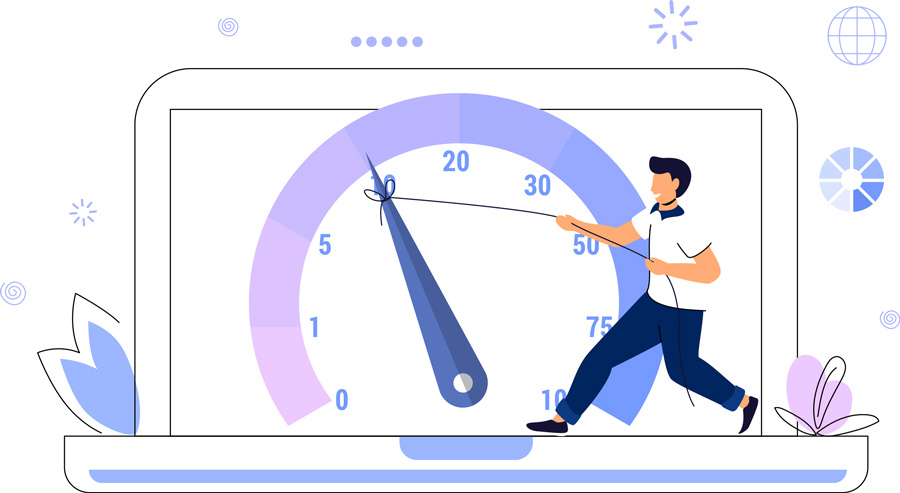Ever wondered why your internet slows down to a crawl sometimes, leaving you staring at loading screens for what feels like an eternity? Well, let's dive into the world of internet congestion, where bandwidth battles and data dilemmas reign supreme.
Avoiding digital bottlenecks.
What are the common causes of network congestion? At the heart of internet congestion lies the intricate dance of network traffic and available bandwidth. Think of the internet as a vast highway, with data packets zipping back and forth between your device and the server you're trying to access. Now, imagine rush hour hits, and suddenly, the lanes are packed, causing a bottleneck and affecting the amount of data your network can process. Things begin queueing up and that’s network congestion, my friend.
So, what causes this digital traffic jam? One culprit is the limited bandwidth available. Bandwidth is like the width of that highway; the wider it is, the more data can flow through without a hitch. But when too many users are vying for the same bandwidth, it's like squeezing a dozen cars into a single lane—inevitably leading to slowdowns with the capacity of the network and your internet connection. This is when network performance is negatively affected and network congestion occurs.
Routers and data and packet loss, oh my!
Routers, those unsung heroes of the internet, play a crucial role in managing this traffic. They're like traffic cops, directing data packets and packet retransmissions to their intended destinations. But even they can only do so much, especially when faced with high latency or real-time applications like VoIP or video streaming, which demand a constant flow of data traffic.
Then there's the issue of packet loss, where data packets go missing in action during transmission. It's like sending a letter in the mail only for it to vanish into thin air. Packet loss not only slows down data transfer but also requires retransmissions, adding to the congestion conundrum with your network bandwidth and computer networks.
Ensuring a smoother internet experience.
But it's not just about the volume of data; it's also about how it's managed. Quality of Service (QoS) algorithms attempt to prioritize certain types of traffic, like video calls over email downloads, to ensure a smoother user experience. However, misconfigured traffic prioritization (especially with unicast traffic and multicast traffic) can exacerbate congestion issues rather than alleviate them.
Moreover, network architecture and design play pivotal roles. Subnets, or smaller networks within a larger network, help to segment traffic and prevent broadcast storms—imagine everyone in your neighborhood trying to talk at once, drowning out important messages.
Regulating data transmissions through internet traffic control.
And let's not forget about the invisible hand of congestion control, implemented through protocols likeTransmission Control Protocol (TCP). These protocols regulate data transmission by controlling traffic patterns to prevent overwhelming the WiFi network and network devices, akin to managing the flow of water in a pipe to avoid bursting it. The hope is to reduce network congestion by bolstering network resources.
But despite these measures, internet congestion still rears its head from time to time, causing frustration for end users everywhere. Over-subscription, where more users are promised access to bandwidth than the network can handle, often leads to slowdowns during peak hours. This can cause major headaches with your network operation and network management.
Network monitoring and management to the rescue.
So, what can be done to alleviate internet congestion? Network monitoring and routing management are key, allowing administrators to identify and address congestion hotspots in real-time. Additionally, upgrading network infrastructure to support higher throughput and investing in more robust routers and firewalls can help keep congestion at bay.
Internet congestion is a complex beast, influenced by a multitude of factors—from bandwidth limitations to network design and user behavior. By understanding the causes and implementing effective congestion control measures, we can ensure smoother sailing on the digital highway for all.
HyperFiber® is always here to help.
If you ever experience internet network congestion and need assistance, we’re always here to help. Our service department can talk you through solutions to help you always enjoy the best internet experience.


